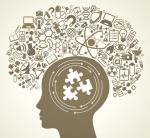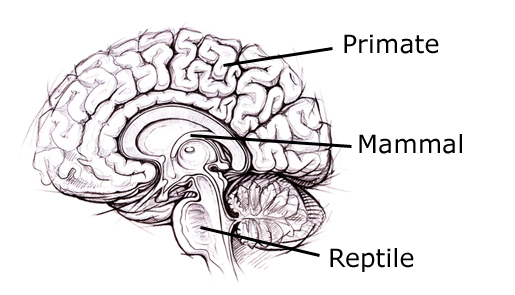
By Tom McSheehy MSW, LSW
Social and emotional intelligence allows us to negotiate our own and others’ emotions and feelings. No wonder it is vital to success in relationships, academics, jobs, sports, and other life activities. Employers, for example, have discovered that 67 percent of the skills they are looking for in new employees are directly related to social and emotional intelligence (Daniel Goleman, Working with Emotional Intelligence). Yet schools spend only 1.6 percent of the school week developing these skills in students.
Research
Research highlights the importance of teaching students social and emotional learning (SEL) skills. Here are some interesting findings:
- Fear and anxiety interfere with learning, while safety and security support and facilitate learning.
- Emotion plays a major role in every intellectual process and affects the organization of children’s brains.
- Children who can learn by age 10 to delay gratification, control impulses, and modulate expression become healthier, wealthier, and more responsible (Terrie Moffitt of Duke University and a team of researchers who followed a group of 1,000 children for 32 years).
Read more




